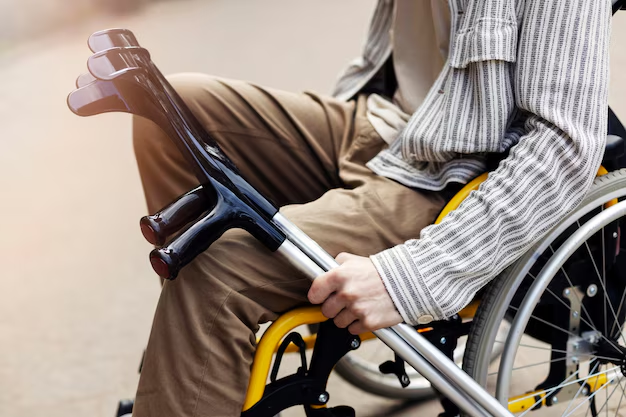Is Medicare Covering Wheelchairs? Here's What You Should Know
Navigating the maze of healthcare coverage can be daunting, especially when you or a loved one requires mobility assistance. A common question often arises: Does Medicare cover wheelchairs? The good news is that in many cases, the answer is yes—but with some caveats.
Understanding Medicare Coverage
Medicare Part B is where wheelchair coverage primarily falls under, as it covers durable medical equipment (DME) prescribed by a doctor. If your physician determines that a wheelchair is medically necessary for use in your home, Medicare may cover it. However, coverage isn't automatic; it requires you to follow specific steps and meet crucial conditions.
Key Requirements for Wheelchair Coverage:
- Medical Necessity: The wheelchair must be prescribed by your healthcare provider based on your medical condition.
- Supplier Enrollment: Ensure that your supplier is enrolled in Medicare and accepts assignment. This is crucial to make sure that your wheelchair will be covered.
- Your Living Situation: Medicare typically covers wheelchairs if they are deemed necessary for mobility within the home and restricted environments.
Financial Implications
While Medicare can cover up to 80% of the approved cost, this leaves beneficiaries responsible for the remaining 20%, as well as any deductibles or premium costs associated with their Part B plan. If the out-of-pocket expenses seem daunting, don't despair—there are additional financial assistance programs that can help bridge the gap.
Exploring Additional Assistance
Besides the basic Medicare coverage, various government aid programs and other resources are available to ensure you get the mobility support you need without breaking the bank.
Government Aid Programs
- Medicaid: Depending on your state, Medicaid may offer coverage for wheelchairs or the remaining costs after Medicare.
- State Assistance Programs: Many states have specific programs for seniors or disabled individuals, providing financial aid or affordable alternative options.
Financial Assistance and Relief Options
For those still wrestling with coverage gaps, explore these programs and solutions:
Charitable Organizations: Numerous nonprofit organizations specialize in providing medical equipment at no or reduced cost to those in need.
Financial Aid Programs: Some medical institutions offer programs to aid with the financial burden of medical equipment.
Credit Card Solutions: Special credit cards with low-interest rates or medical equipment financing options can be beneficial.
Educational Grants
While not a direct solution for wheelchair coverage, if you're or your caregiver is pursuing further education, educational grants can alleviate financial burdens broadly, allowing more focus on necessary medical expenses.
In Summary
While Medicare does provide a pathway to wheelchair coverage, understanding the steps and requirements is crucial. Utilize additional resources to fill any financial gaps, making sure that you, or your loved one, receive the necessary mobility aids for a better quality of life.
🔍 Quick Financial Assistance Resource Guide:
- Medicaid: State-based coverage for additional wheelchair costs.
- Nonprofit Organizations: Charitable support for medical equipment.
- Financial Aid Programs: Institutional aid options.
- Credit Cards: Low-interest options for major medical expenses.
- State-Specific Programs: Extra aid programs based on residency.
These resources, coupled with Medicare, can ensure broad, effective support for acquiring essential equipment like wheelchairs.

Related Topics
- Am I Elgible For Medicare
- Am I Enrolled In Medicare
- Am I Qualified For Medicare
- Are Adult Diapers Covered By Medicare
- Are Chemotherapy Drugs Covered By Medicare Part d
- Are Colonoscopies Covered By Medicare
- Are Covid Tests Covered By Medicare
- Are Cpap Machines Covered By Medicare
- Are Cpap Supplies Covered By Medicare
- Are Dental Implants Covered By Medicare